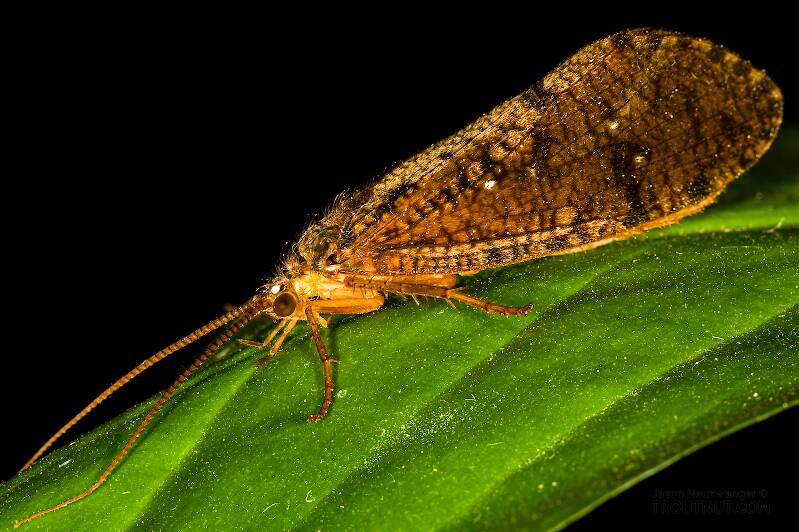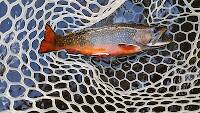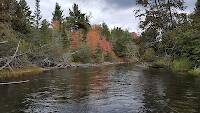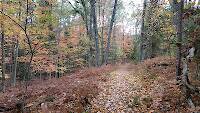
Salmonflies
Pteronarcys californica
The giant Salmonflies of the Western mountains are legendary for their proclivity to elicit consistent dry-fly action and ferocious strikes.
Featured on the forum

This specimen keys to the Epeorus albertae group of species. Of the five species in that group, the two known in Washington state are Epeorus albertae and Epeorus dulciana. Of the two, albertae has been collected in vastly more locations in Washington than dulciana, suggesting it is far more common. On that basis alone I'm tentatively putting this nymph in albertae, with the large caveat that there's no real information to rule out dulciana.

Troutnut is a project started in 2003 by salmonid ecologist Jason "Troutnut" Neuswanger to help anglers and
fly tyers unabashedly embrace the entomological side of the sport. Learn more about Troutnut or
support the project for an enhanced experience here.
Updates from June 11, 2021
Updates from June 11, 2021
Closeup insects by Troutnut from the Teal River in Wisconsin

The setae on the wings make it a big tricky to identify this caddisfly from the "splayed wings" view because they obscure the venation, but several of the side views provide a good look at the important forewing veins. It keys pretty confidently to Ironoquia. Based on species ranges and a photo on BugGuide seemingly of this species and some alternatives, it seems Ironoquia lyrata is by far the most likely option.
Quick Reply
Related Discussions
Topic
Replies
Last Reply
3
Mar 30, 2012
by Entoman
by Entoman
3
Feb 12, 2009
by Creno
by Creno
2
Dec 29, 2020
by Troutnut
by Troutnut
Re: Lots of new pictures to check out, coming online tonight/tomorrow
In General Discussion by Troutnut
In General Discussion by Troutnut
1
Oct 4, 2006
by Dinerobyn
by Dinerobyn
13
Mar 30, 2021
by Taxon
by Taxon




